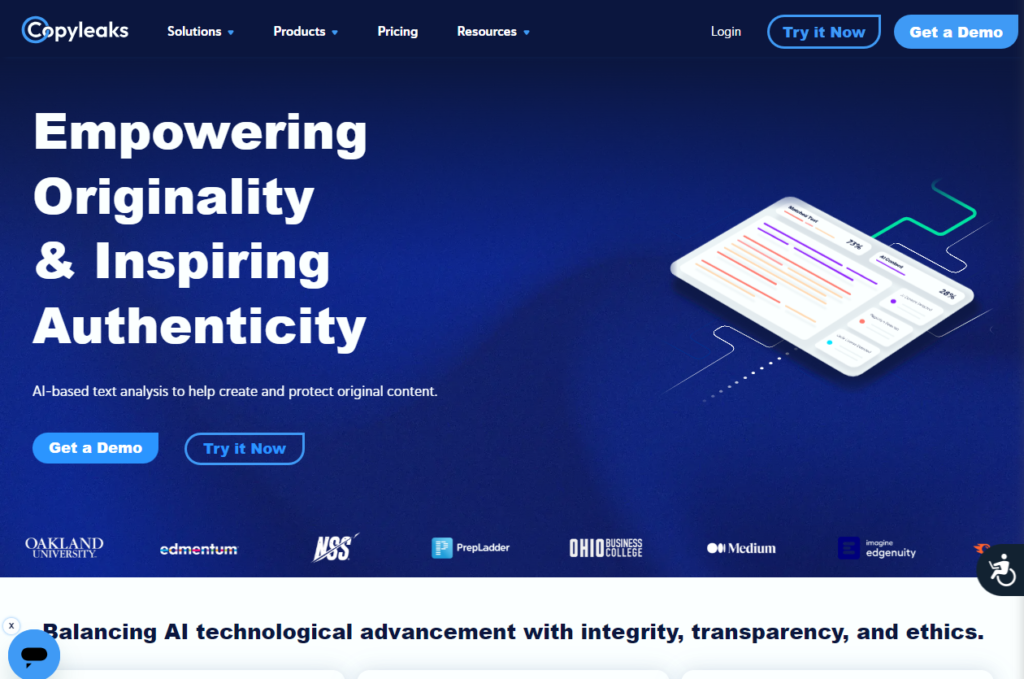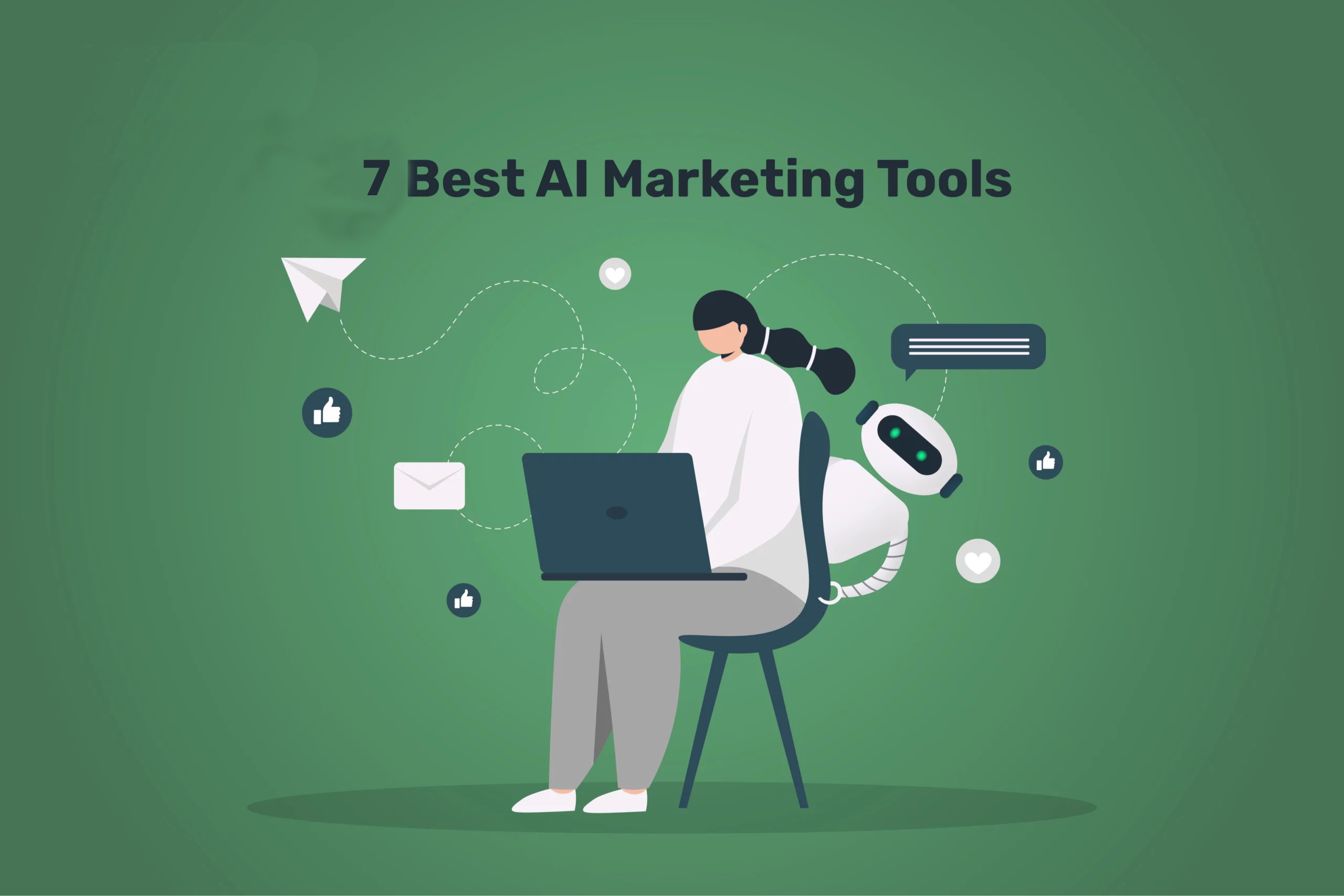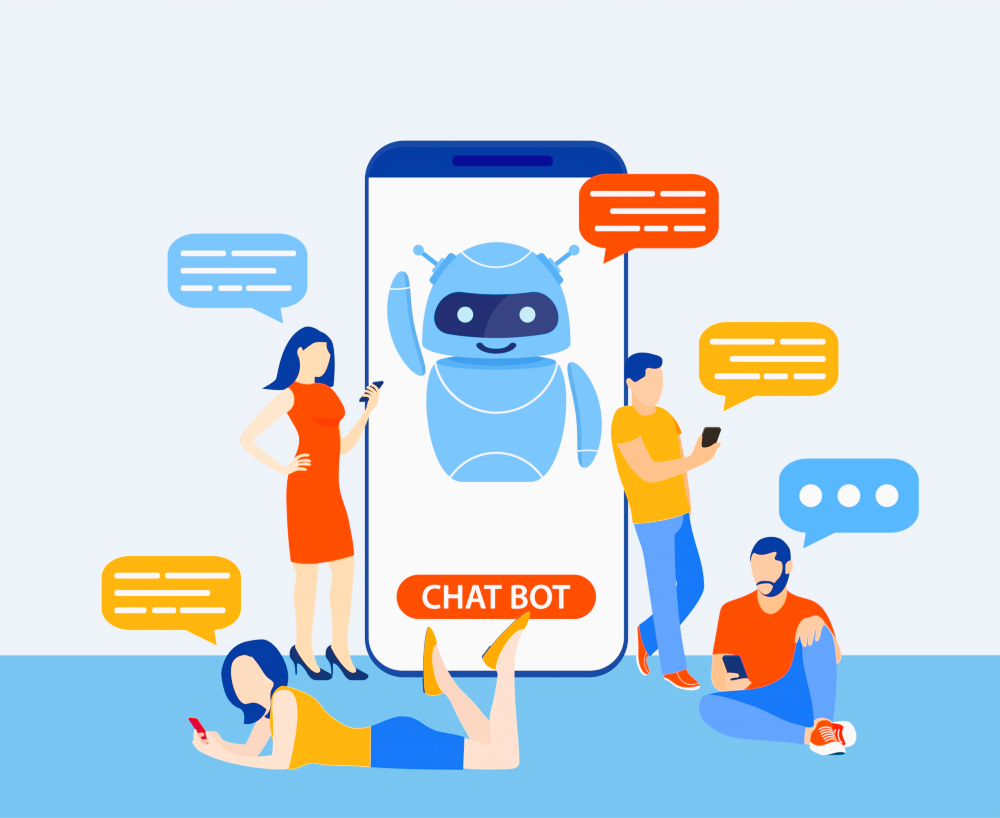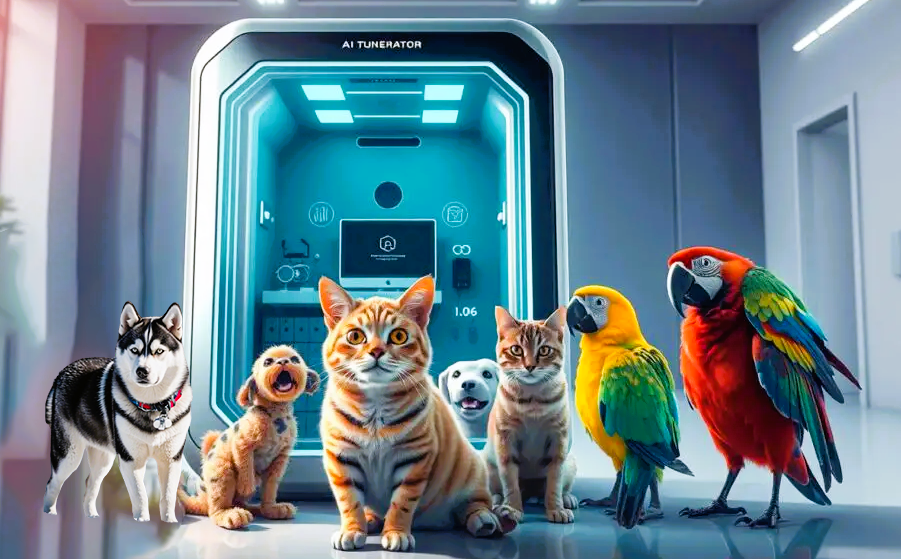Artificial Intelligence (AI) has become a big part of our daily lives. It powers everything from smart speakers and virtual assistants to recommendation engines on social media. However, as AI becomes more widespread, so does the need to ensure it’s used responsibly. AI detection tools are one way to ensure that AI technology is reliable and safe. This article will discuss AI detection tools, how they work, and why they are essential.
What Are AI Detection Tools?
AI detection tools are software or systems created to identify whether a piece of content, like a document, image, or voice recording, was generated by AI or a human. These tools are designed to look at patterns, structures, or specific characteristics in the content that might suggest it’s machine-generated rather than created by a person.
For example, a Text created by an AI might have a particular style or pattern different from how a human would write. AI detection tools analyze these patterns to detect AI involvement.
Why Are AI Detection Tools Important?
AI is becoming more sophisticated daily, making creating realistic-looking content that can be mistaken for human-made work easier. While AI-generated content can be helpful, it can also be misused. For instance, some people may use AI to produce fake news, impersonate others, or even create academic papers and other documents without actually writing them.
AI detection tools help prevent these potential misuses by identifying when AI likely generates content. This information can be important for various groups, including:
- Educators: To ensure students aren’t using AI to write essays or complete assignments.
- Businesses: To detect fake reviews, spam, or false information created using AI.
- Social Media: To flag or control the spread of AI-generated misinformation.
How Do AI Detection Tools Work?
AI detection tools work by analyzing the content and looking for specific indicators that suggest AI was involved. Here are some of the standard methods used by AI detection tools:

1. Pattern Recognition
AI detection tools use pattern recognition to spot signs that an AI may have created a Text, image, or other content. For example, AI-generated Text often follows a more predictable structure or uses specific phrases repeatedly, unlike a human writer who naturally uses more varied expressions and styles.
2. Statistical Analysis
When analyzing Text, AI detection tools might count the frequency of certain words, check for repeated phrases, or look for other unusual patterns. Human language is generally less predictable, so when a Text shows a high level of repetition or lacks a natural flow, it might be flagged as AI-generated.
3. Content Structure
AI detection tools can also examine the structure of the content. For example, AI-written text may lack the emotional tone, humor, or complex reasoning usually found in human writing. Similarly, AI-generated images may have slight distortions or other clues indicating non-human origin.
Machine Learning Models
Some advanced AI detection tools use machine learning models trained on large human and AI-generated content datasets. These models learn to recognize subtle differences between human and AI-produced content and can improve their detection accuracy over time.
Types of AI Detection Tools
AI detection tools can be divided into several categories based on the type of content they analyze:
1. Text Detection Tools
These tools are designed to detect AI-generated Text. They are commonly used in schools, universities, and workplaces to ensure the originality of written work. Popular Text detection tools include Turnitin, which checks for plagiarism and AI-generated Text, and Originality.ai, specifically designed to detect AI content in writing.
2. Image Detection Tools
Image detection tools help identify AI-generated images, which can be helpful in fields like journalism and law enforcement. AI-generated photos are often used in fake news or forgeries, and these tools can identify signs that an image was created by a machine rather than a human.
3. Audio and Video Detection Tools
With the rise of deepfake technology, audio and video detection tools have become essential. Deepfakes are videos or audio recordings of AI altering a person’s appearance or voice. Detection tools analyze these files for irregularities that could indicate AI manipulation.
Popular AI Detection Tools Today

There are several popular AI detection tools available today, each designed for specific needs:
- Turnitin: Widely used in academic settings, this tool helps detect plagiarism and AI-generated Text in student submissions.
- Copyleaks: This tool provides AI detection for Text and images and is commonly used in the publishing and content creation industries.
- Sensity: Focused on detecting deepfakes, Sensity offers tools that analyze video and audio files to identify any AI alterations.
- Deepware: This AI tool specializes in deepfake detection and is used by companies to prevent misuse of AI-generated videos and images.
Each tool has unique features, and their effectiveness can vary depending on the type of content being analyzed.
Challenges Faced by AI Detection Tools
AI detection tools are continually improving, but they still face a few challenges:
1. Evolving AI Technology
AI rapidly advances so that new models can produce even more realistic content. AI detection tools must keep up with these advancements, but staying ahead of the latest techniques can take time and effort.
2. Accuracy and False Positives
One of the biggest challenges is ensuring the accuracy of detection. Sometimes, AI detection tools might incorrectly flag human-created content as AI-generated (false positive) or fail to detect AI content (false negative). Improving accuracy is an ongoing challenge for developers of these tools.
3. Ethical Concerns
There is also the question of privacy and ethics. For instance, excessive use of AI detection tools could infringe on personal privacy, especially when used to monitor conversations or scan documents without consent.
The Future of AI Detection Tools

The demand for reliable AI detection tools will only grow as AI becomes more powerful. Future developments may include:
- Better Detection Algorithms: More sophisticated algorithms that can detect even subtle signs of AI generation.
- Integration with Content Platforms: AI detection tools might become integrated into social media, search engines, and other content platforms to filter AI-generated content automatically.
- Real-Time Detection: Tools that detect AI-generated real-time content, such as during live video or audio streams.
- Increased Regulation: Governments and organizations may start regulating AI content to ensure transparency and detection tools could play a key role in enforcing these regulations.
Conclusion
AI detection tools are essential in today’s digital world. They help ensure that our online content is authentic and not misleading. From preventing academic dishonesty to stopping the spread of fake news, AI detection tools serve a valuable purpose. However, as with any technology, there are challenges to address, and these tools need to evolve alongside AI advancements.
In the future, as AI becomes even more advanced, we may rely on AI detection tools even more. For now, they offer a line of defense in helping keep our digital spaces honest and safe.





